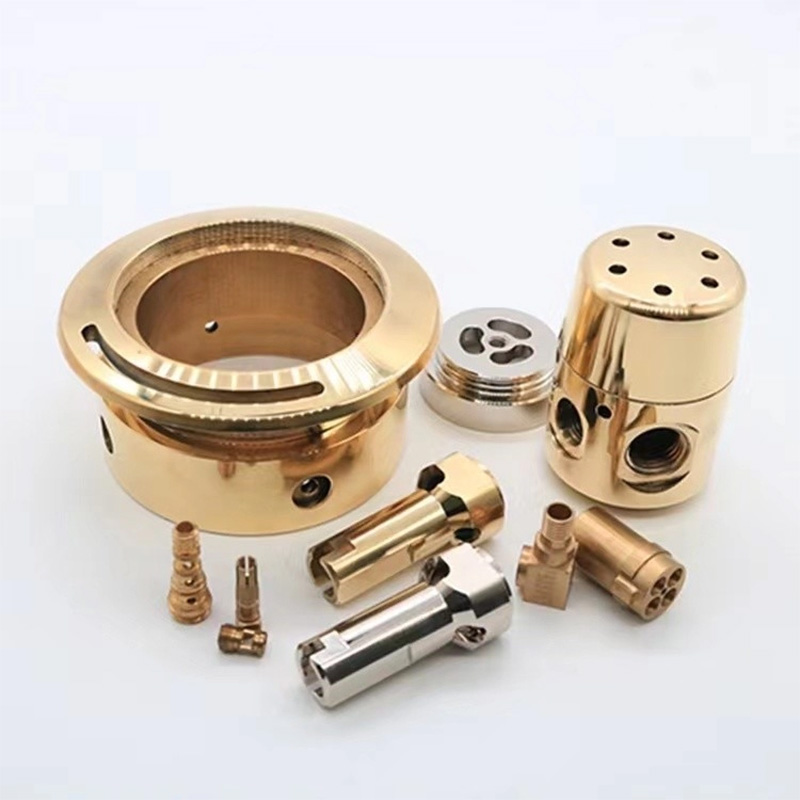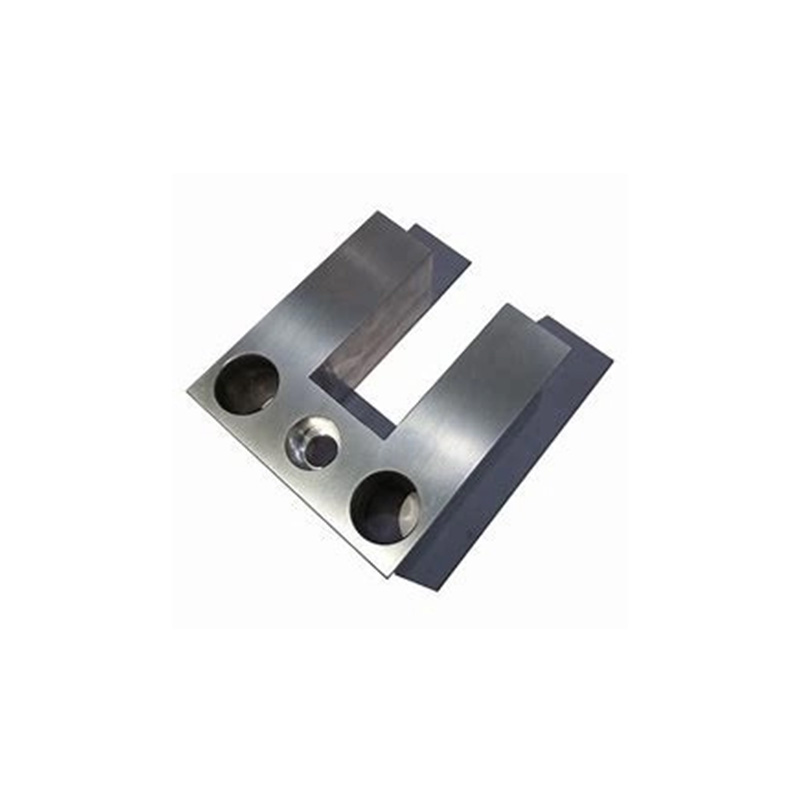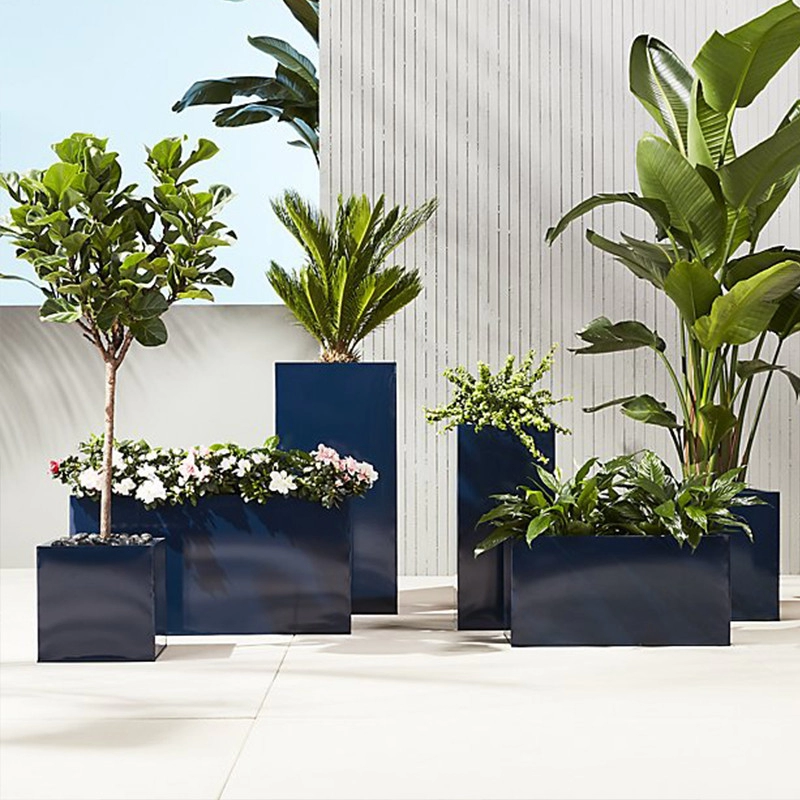Why Traditional Facades Fall Short
Many buildings use concrete or wood cladding that cracks, warps, or fades within years. Maintenance costs pile up while visual appeal declines. The solution? Architectural metal panels offer superior longevity. According to the Metal Construction Association, metal cladding can last 40+ years with minimal upkeep – outperforming most alternatives.
Secret #1: Material Matters More Than You Think
Not all metals perform equally. Aluminum excels in coastal areas due to corrosion resistance, while zinc develops a beautiful patina over time. For budget-conscious projects, coated steel provides durability at lower cost. Decorative metal panels exterior selection should match environmental conditions. For example, our team’s 2025 retrofit project in Chicago used perforated aluminum panels to reduce wind load stress.
Material Comparison Guide
| Material | Lifespan | Best For | Cost Range |
|---|---|---|---|
| Aluminum | 40+ years | Coastal/High-moisture areas | $$ |
| Zinc | 80+ years | Urban environments | $$$ |
| Coated Steel | 30+ years | Budget projects | $ |
Secret #2: Innovative Design Techniques
Transform ordinary walls into art pieces using these techniques:
- Layering: Combine flat and perforated panels for depth
- Custom Perforations: Create light-filtering patterns
- Angle Variation: Install panels at 15°-30° angles
- Color Blending: Use gradient anodized finishes
- Mixed Textures: Pair brushed and polished sections
Facade cladding becomes architectural storytelling when done right. The decorative metal panels exterior at Denver Art Museum showcase how parametric designs create movement.
Secret #3: Installation Precision Saves Thousands
Improper installation causes 60% of cladding failures (Building Envelope Council, 2024). Follow this checklist:
- Verify subframe alignment within 1/8″ tolerance
- Use compression gaskets at all joints
- Install thermal breaks to prevent condensation
- Allow for material expansion gaps
- Conduct water testing before sign-off
Secret #4: Sustainability That Actually Saves Money
Here’s something counterintuitive: premium exterior decorative metal panels reduce long-term costs. Recycled content often exceeds 70%, and reflective finishes cut cooling loads by up to 25% (DOE Study, 2023). Maintenance is simpler too – just annual rinsing versus repainting other materials every 3-5 years.
Secret #5: Budget Hacks Architects Don’t Share
Want luxury looks for less? Consider these tactics:
- Use standard panels on prominent facades only
- Order factory-cut custom shapes to avoid onsite waste
- Select thinner gauges for non-structural areas
- Time purchases during seasonal discounts
Interestingly, combining matte and gloss finishes creates perceived depth without custom fabrication costs.
Implementation Checklist
- ☑ Conduct wind load calculations
- ☑ Verify local corrosion resistance requirements
- ☑ Order 10% extra for waste/corrections
- ☑ Schedule factory finish approval
- ☑ Confirm expansion joint locations
FAQs About Decorative Metal Panels Exterior
Q: Can metal panels withstand extreme weather?
A: Absolutely. When properly installed, they resist hurricanes, hail, and temperature swings from -40°F to 180°F.
Q: Are they suitable for historical buildings?
A: Yes! Modern replication techniques can match heritage profiles while improving performance.
Q: What’s the typical cost range?
A: Expect $15-$50/sq.ft installed, depending on material complexity and project scale.






